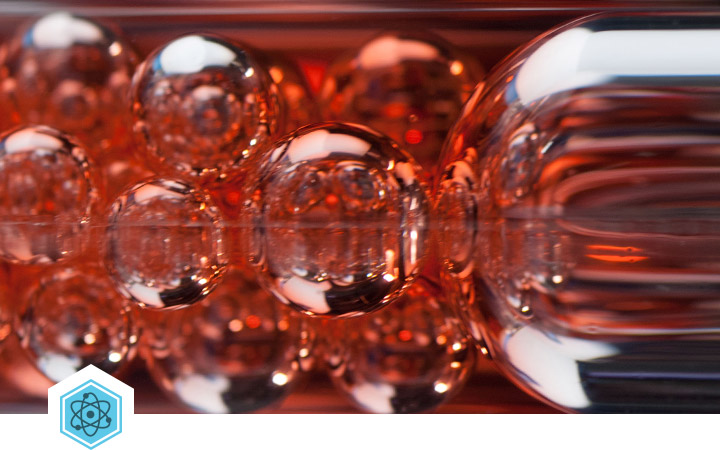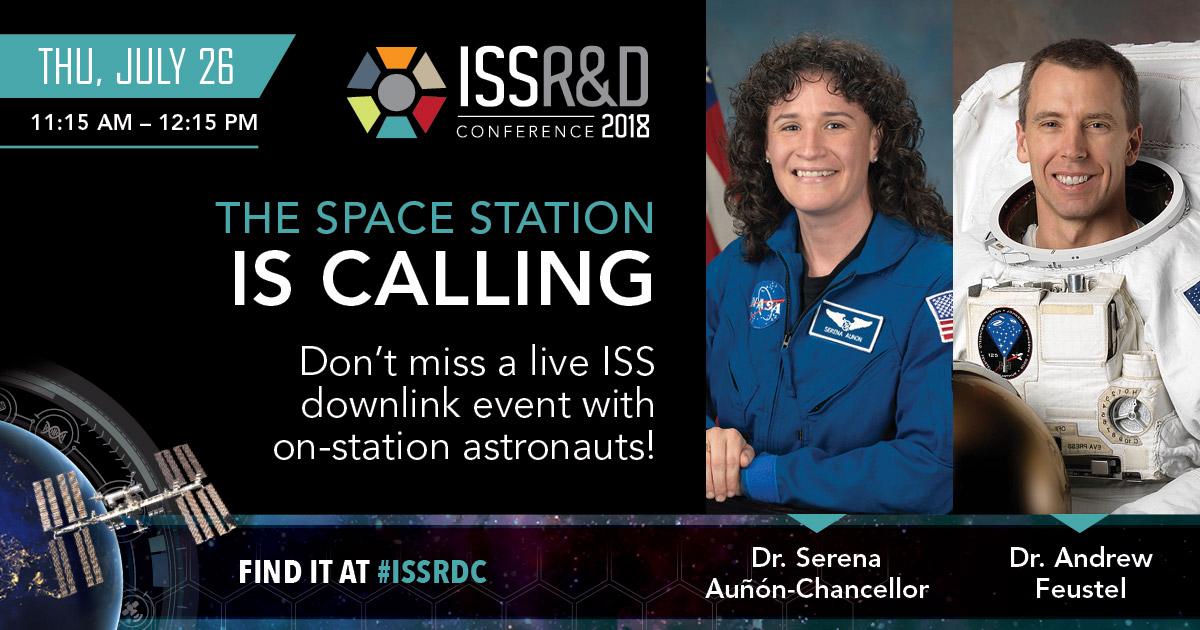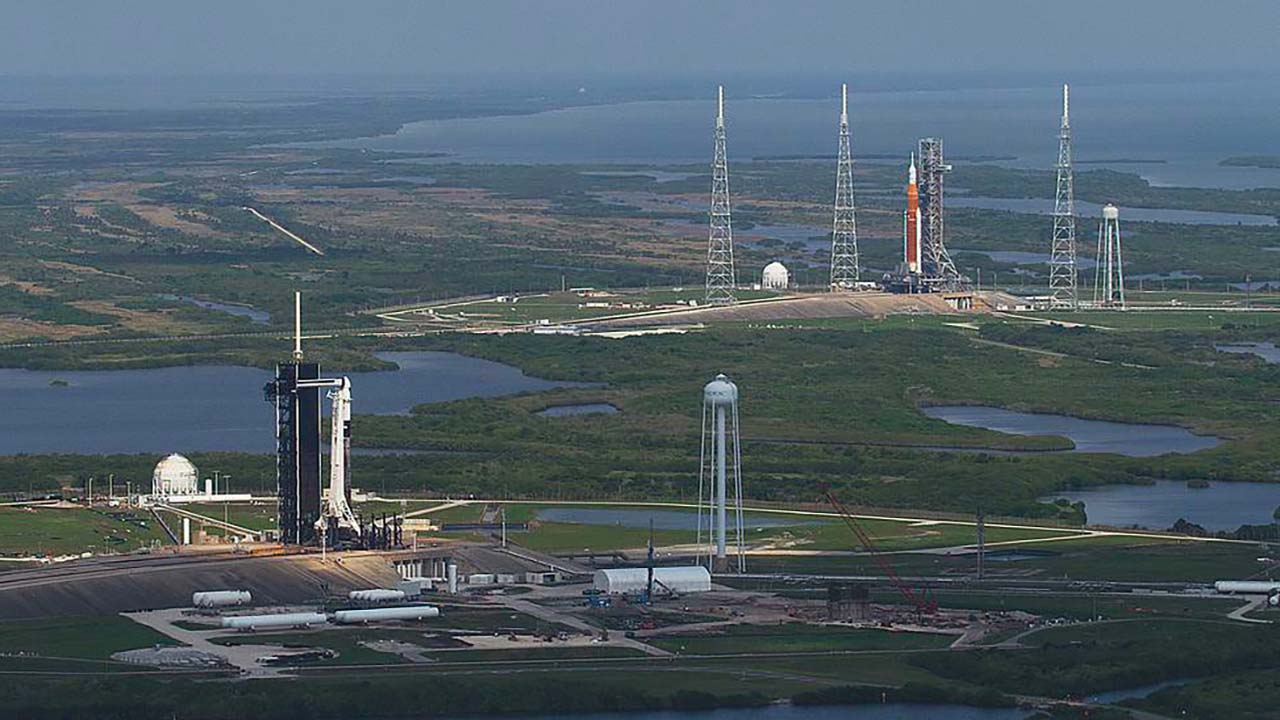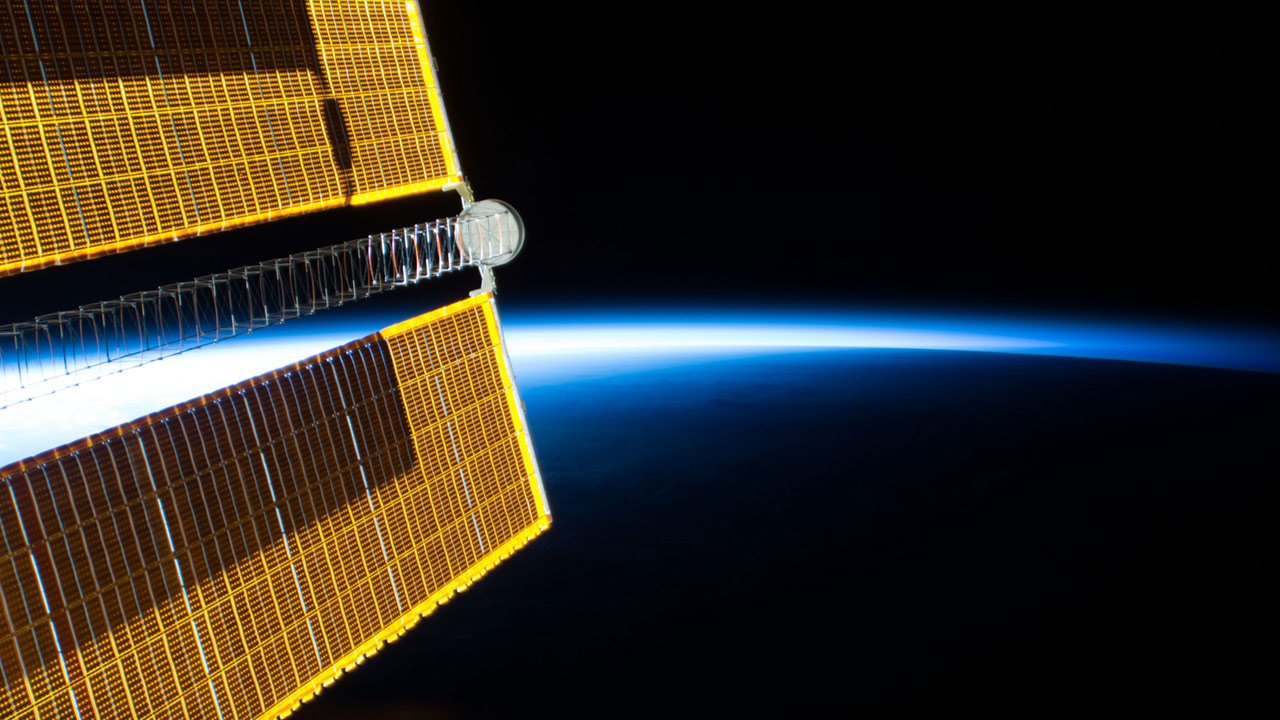The International Space Station (ISS) is a valuable platform for a wide variety of research in the areas of physical science and materials development. Microgravity’s effects on fluid physics allows researchers to probe the underlying mechanisms at work in physical systems, and the extreme environment of space enables accelerated materials testing.

You can find out the latest results from space station research in the areas of physical science and materials development at the annual ISS Research and Development Conference (ISSRDC). ISSRDC is the place to go to hear thought leaders and subject matter experts discuss the latest research and development taking place in low Earth orbit.
Read below to see how the ISS can be used to advance areas in the fields of physical science and materials development.
Fluid Physics

The lack of buoyancy-driven convection (movement of molecules within a fluid) in microgravity allows researchers to examine underlying fluid physics phenomena typically masked by buoyancy (which is gravity-dependent) on the ground. Space-based research in this area may not only enhance our understanding of fundamental fluid physics but also has several important applications, such as advancing nanofluidics technologies for medical devices, improving formulation chemistry for drug development, and developing new water and energy conservation efforts associated with the formation of water droplets and the generation, transfer, and storage of energy.
Combustion

Flames behave differently in a microgravity environment, and the ISS provides a unique platform to study altered flame ignition, propagation, and quenching. Space-based combustion research can shed light on fundamental aspects of various phenomena such as flame structure, soot formation, and droplet combustion. Knowledge gained from such studies can be applied back on Earth to both increase the efficiency of combustion processes (such as power generation and propulsion) and improve fire safety.
In-orbit Production

Media Credit: Image courtesy of NASA
In a microgravity environment, fluid movement is minimized, enabling the production of valuable and commercially important materials, such as optical fibers. Optical fiber production in microgravity has been found to significantly reduce imperfections in the fibers, leading to higher-quality fibers than can be produced on the ground. High-performance optical fibers not only could improve the efficiency and cost of communications systems but also could lead to advancements in multiple industries, including improved medical devices (such as laser scalpels) and sensors used in the aerospace and defense industries.
Materials Testing

The ISS provides a unique platform for materials testing in the extreme environment of space, with conditions including high-energy radiation, atomic oxygen, temperature cycling, super-high-temperature synthesis, and ultra-high vacuum. The Materials International Space Station Experiments Flight Facility (MISSE-FF) provides a permanent commercially available materials science testing platform on the ISS, allowing researchers to test new materials, coatings, and components in the harsh conditions of space.
Read more about ISS National Lab research in the areas of physical science and materials development:
- Exotic Glass Fibers From Space: The Race to Manufacture ZBLAN
- Tough Enough for Space: Accelerating Materials Testing With a New Permanent Platform
- Bringing Motion to Life: Materials Science Research in Space
- The ISS & Household Products: How P&G is Using Space to Improve Customer Experience
- Pushing Research to New Heights: Innovative Research at the ISS R&D Conference
- The New Gold Rush: 3D Printing in Micro-G
- Materials Science Space Station Investigations: Where Are They Now?







